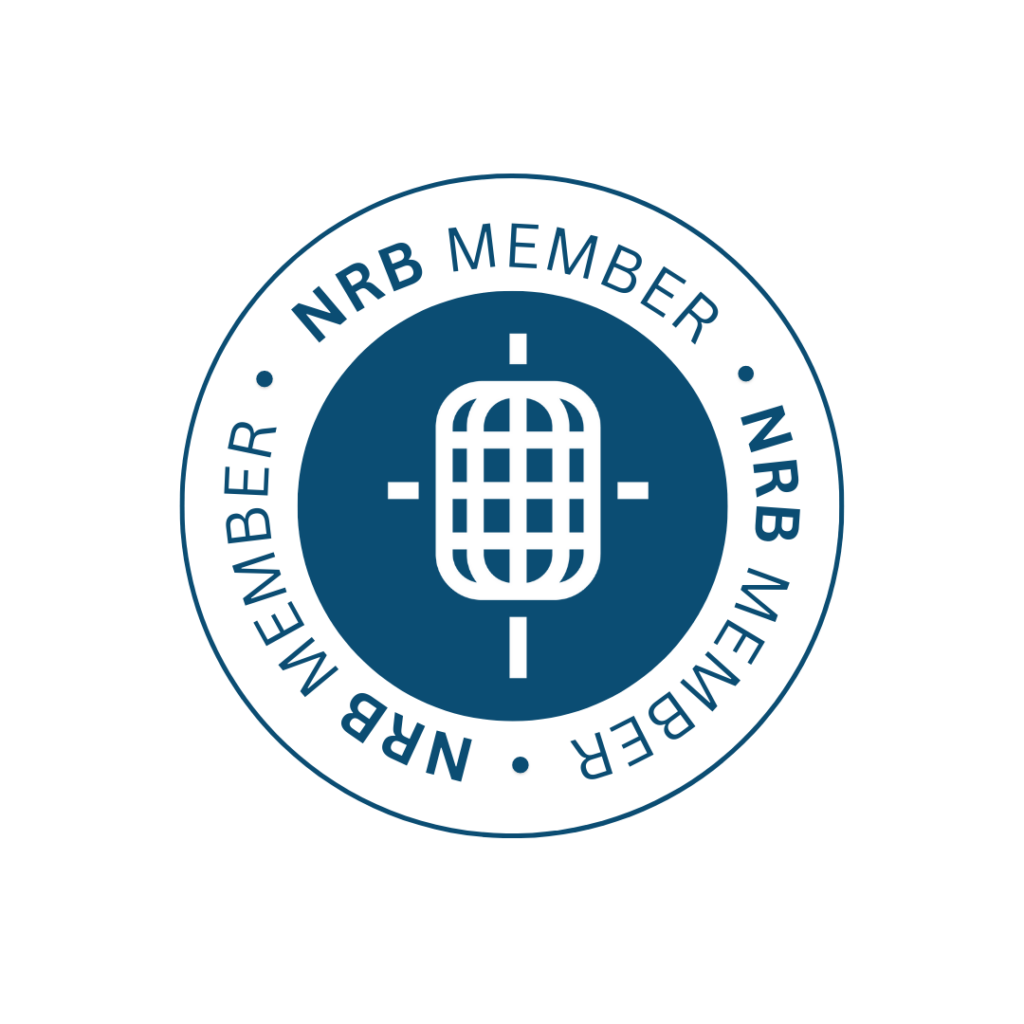Three Ways to Improve Your Fundraising Letters
There are countless different tips, tricks, and tactics you can use when writing your appeal letters, emails, landing pages, and any other direct response communications.
You could write a book on the number of suggested fundraising rules that exist—and our founder and CEO, Douglas Shaw, has done exactly that. In fact, he’s written two books on the subject, so if you’re interested in reading more about the general rules of fundraising, we’d like to offer you a free copy.
But before you dive into these incredibly valuable books, I want to give you three secrets that I’ve used over the years to write effective direct mail and digital copy:
- Write to a Real Person
One of my best-known strategies for writing better fundraising copy is to write your appeal letters with an actual person in mind—ideally someone that fits snugly into your donor demographic or one of your donor profiles. It might be your grandmother or a favorite aunt, but use their name in your drafts and write to them. The reason for this is because your communications should be personal.I wrote to my mom. I put her picture on my monitor and used her name throughout the letter. She was in the demographic of the organizations I was writing for, and the language she used every day really resonated with our donors. I would often close my eyes and picture her sitting down in her favorite chair, holding a hot cup of tea, and reading the letter. I wrote to her. - You’re Writing More than Just a Letter
While it’s true that the letter is probably the most important item in your fundraising package, don’t forget to spend time on the other elements. I receive a lot of direct mail and too often I see an uninspiring envelope or an insert that distracts from the offer.To avoid this, write your outer envelope, reply device, and insert at the same time. Consider how they will work together and make sure they reinforce your offer.When you graphically design each piece, be mindful of using a consistent design as this will visually bring your package together.
- Write Simply
When you sit down to write your fundraising letter or email, remember that you’re not writing a term paper. You’re writing a personal letter, from one person to another. Best rule of thumb is to write your copy at a middle-school level. That doesn’t mean adding “like” before every sentence, but it does mean avoiding words that aren’t used in regular conversation, writing complex sentences, abbreviations, and jargon.Instead, use short sentences and short words—be clear, be simple, repeat the offer, and remind your donors how they are helping save lives, feed people, or make the world better. This is called writing donor-focused copy and when you do it well, it works.
Related articles
-

More Than Just Work
As a young Christian professional navigating the conundrum of aligning my beliefs into a purposeful career, I’ve been blessed to…
-

What to Think of Artificial Intelligence and Its Impact on Fundraising . . .
In trying to summon an image to represent our theme for this issue of Donor Focus, I found myself drawn…
-

Fundraising Meets Artificial Intelligence
In this article, we’ll explore the captivating realm of AI-powered fundraising efforts—the boundless benefits and intriguing challenges that arise when…






